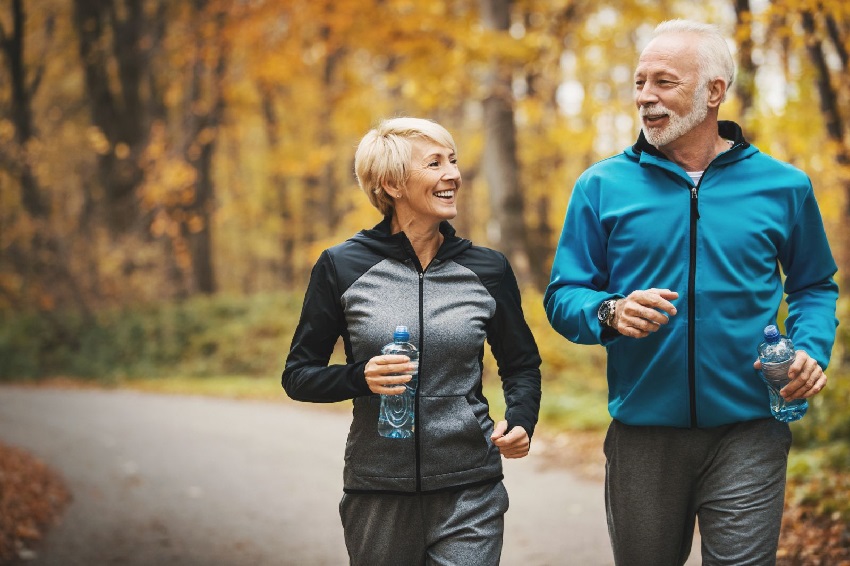Florida, fondly called the “Sunshine State,” is renowned for its beaches, parks, and numerous theme parks. It is the home of an iconic cartoon character named Mickey Mouse and the world-famous Everglades National park. However, Florida is not just well-known for all the attractions mentioned above. Florida also enjoys one of the best healthcare systems in the USA and ranks among the best globally.
Facilities for healthcare like the cardiovascular and vein center of Florida offer high-class services to the residents of Florida.
Florida’s excellent and trustworthy cardiovascular and vein center provides extensive vein therapy for varicose veins to its patients. Furthermore, if necessary, they offer office-based examinations for venous anatomy. From Laser Vein Ablation to Sclerotherapy, all tests and operations are performed in their clinic to assist patients in improving their overall health and regaining their confidence.
If you reside in Florida and show symptoms of leg pain or any visible veins, here are some facts for you to know.
Frequent Venous Conditions:
Spider and varicose veins are the most prevalent vein disorders, suggestive of or resulting in severe diseases. Apart from an unappealing aesthetic look, common venous diseases symptoms include:
- Leg Inflammation
- Pulsating and severe throbbing of legs
- Leg Weakness
- Anxiousness
- Poor circulation of blood
Venous Diseases: How Is It Caused?
Venous Disease is a circulatory disorder that can range from minor to fatal. Veins are narrow, hollow tubes with coverings called valves within. Veins transport blood through the body, while valves guarantee blood flow in the correct direction. Blood circulation can be disrupted if the venous walls or valves weaken, leading veins to remain complete with blood.
Vascular Disease Health Risks:
- Aging
- Genetic History
- Pulmonary Embolism Thrombosis
- History of Deep Vein Thrombosis (DVT) in family
- Overweight
- Pregnancy
- Long durations of sitting or standing postures that are not recommended.
Venous Disorder Signs:
- Varicose Veins
- Leg or ankle inflammation
- Legs that ache and hurt
- Walking-related discomfort that subsides while at resting
- Brown skin, especially around the ankles
- Sores or deep ulcers on the legs
What Exactly Are Varicose Veins?
Varicose veins develop whenever vein valves become weakened or broken, allowing blood to back up and stagnate. Varicose veins, which usually look as protruding, bluish strands flowing deep within the skin, are sometimes uncomfortable and traumatizing.
Varicose veins are highly prevalent and are frequently inherited. There are, thankfully, great therapy alternatives. If you notice edema, vein expansion, discoloration, or weariness in your legs, arrange a meeting with a physician for a simple diagnostic test in a reputed cardiovascular and vein center of Florida.
Spider Veins:
Spider veins are tiny veins that are bluish or red-colored and situated beneath the skin’s surface that typically occur on the legs and face. While the specific etiology of spider veins is unclear, inheritance, childbirth, trauma, aging, UV exposure, and hormone impact can all play a role.
Self-care and Preventative measures:
While the etiology of venous illness may not always be evident, some activities may be performed at home to decrease risk and keep the disease from deteriorating, such as:
- Weight control with exercise
- Managing weight with correct BMI
- Preventing extended sitting or sitting
- Wearing tight stockings




Leave a Reply